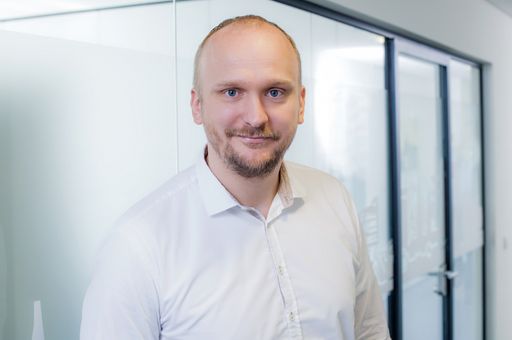What happens to that old hairdryer or the disused refrigerator after it ends up at the recycling yard or at the retail store? The new films produced by the EAR foundation, financed by the fees paid by manufacturers and distributors under the Electrical and Electronic Equipment Act, provide answers and show how key raw materials are obtained without toxic substances endangering the environment and health.
According to the EAR foundation, current market research shows that people are very suspicious of the system of waste disposal and recycling. “Partly negative media coverage, too little basic trust in the producing industry as well as in public authorities and also a fundamental cultural pessimism have shaken the credibility of a correct disposal system,” writes the EAR foundation in its current information letter (special edition). The EAR foundation wants to pass on its knowledge to the population and help to restore confidence in the system with its communications. As part of their educational work with “PLAN E”, the films produced by the EAR foundation show that it pays off to dispose of e-waste properly.
The objective of the EAR foundation is to change the prevailing image of e-waste amongst the population. Away from huge landfills in Africa or illegal waste dumps in nature, and towards correct recycling in modern, high-tech facilities. In the long run, the EAR foundation wants to demonstrate that the process really does work if delivery is correct. In the opinion of the EAR foundation, it is the combination of providing information and building trust in the system that makes the act of disposing of e-waste properly really meaningful for people:
See here for processional recycling of a hairdryer and and here of a refrigerator.
If you have any questions about the take-e-way take-back systems for old electrical equipment, Wolfgang Obermeyer will be pleased to answer them; please phone +49/40/750687-146 or send him an e-mail at logistics@take-e-way.de.


